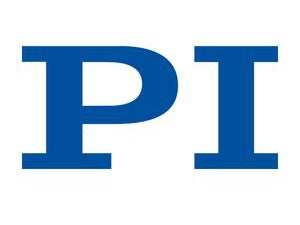Extracorporeal shock wave lithotripsy (ESWL), or noncontact kidney stone disintegration, uses brief acoustic pulses of a few millionths of a second in length to break down kidney stones.
Its mode of action is based on the one hand on applying force to acoustic boundary layers (change in acoustic impedance). On the other hand, cavitation is produced in the tissue, which in a secondary effect results in locally limited stress to boundary layers. All these forces combined result in the destruction of brittle materials, such as kidney stones.
Further Use of Shock Waves
High-energy shock waves (ESWT) can also be used non-invasively, for example, in orthopedics for the therapy of bone and joint damage or inflammations. Here the shock waves have stimulating effects on the healing process.
Application of the Piezoelectric Effect
The shock waves are produced by piezoelectric elements. To generate a directed wave, many piezo elements are arranged on a spherical cap and excited synchronously. This focuses the energy in the shock wave.
The result are pressure amplitudes of up to 100 MPa and more in a precisely limited space. Piezoelectric systems have high repeatability and good metering capacity even in the low energy range.

